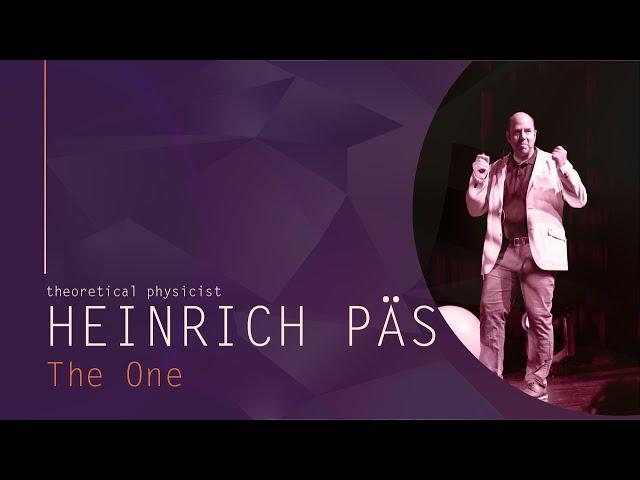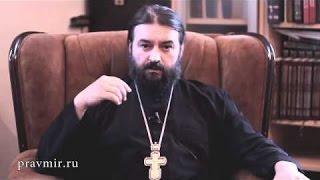
For Love of the World | Heinrich Päs: The One
Комментарии:

Paramenides revisited and updated. Also Tat Tvam Asi
Ответить
HOW THE LIGHT OF ALL-ENTANGLEMENT SHINES THROUGH THE MILLENNIA:
Probably the oldest surviving text speaks of this hermetic unity as the quintessence of all that exists.
Hermes goes on to say: “It reaches up to the heavens but returns to the innermost to fulfill the essence of the unifier.”
We do not know how many millennia or centuries later Heraclitus described exactly the same thing in his own words. Nor do we know whether he was simply copying or whether he drew his own conclusions:
“Atoms must be over one another, firstly, in order to achieve cohesion. They are therefore active unifiers. The one contains all and all contain this one.”
This mutual interdependence of things is also expressed, somewhat bluntly, in the Tablets of Thoth: “Their mother is the sun, their father the moon.” So it is the others who give such abstract wholes a certain structural effectiveness.
Millennia later, Plotinus was inspired by this neoclassical thinking. With such a concentrated knowledge of an actually existing transcendence, even the finest girls from good families were entrusted to Plotinus.
Another millennium later, around 1200, it was a monk called Cusanus who introduced the wisdom into the discussion according to which all opposites are likely to fall into one at the most elementary level. The greatest contrast is between the One and the Many. So many become one in the elements.
Almost another millennium later, it was the scientist and philosopher Ernst Mach who vehemently opposed the isolationist particle model and spoke of atoms whose dynamic existence would run through the entire continuum.
In doing so, he did not prevail, but rather put himself on the sidelines. The method is too seductive: “Give a thing a name so that it can be nicely defined and you don't have to worry about it any more.” (Quote from Richard Feinman.)
Leucipp already found out that such a singular One, which is absolutely only itself, cannot exist: “A completely isolated, autonomous One would have to be completely homogeneous in itself, could not possibly consist of many things, because then it would be composed of many things. If it is assumed that there is something there that is unstructuredly homogeneous but then ceases to be somewhere, i.e. forms a kind of particle, then there must be a non-homogeneous reason for such a boundedness. Homogeneous on the inside and forming a skin on the outside, such individualists cannot be ultimate elementary entities, as Plato, Aristotle and many others were convinced. Drawing boundaries, in the middle of the now, was impossible and thus the door to a far more transcendental view of the essence of things was thrown wide open.
“The essence of unity, which effortlessly penetrates even the densest.” (Smaragd Tafeln) What a clear formulation to make transcendence tangible.
Around the same time as Ernst Mach, three students, who later all became famous, swore together under the sentence of the BEZEICHNER DER DINGE:
Heraclites together: “The One from All and All from this One.” They were Hermann Hesse, Hölderlin and the pantheistic philosopher Hegel.
Well - classification and naming prevailed until a whole zoo of particles took classification to the extreme.
At least one person still had an overview, Max Planck, the father of quantum physics, who didn't want to know anything about any parcels himself, and who gave his successors the terrible message: “You won't be able to get to the bottom of this so inscrutably complex nature in your lifetime. You have to speculate much more riskily and also take the acausal into account.” Yes - the acausal is that which is causelessly present, and is therefore eternally fixed and endlessly stable. This ancient, atomistic model. Continues to form the basis of existence. The primordial ground must be a being that is neither embedded in a before and after, nor separable into a below and above.
It has now been 70 years since reactions were found that can overcome distances without any time delay. It has taken an extremely long time for this reality, which shatters all notions of particles, to finally win the Nobel Prize.

I'm currently reading his book. Fascinating, and understandable for anyone unable to make sense of the math associated with most books about quantum physics.
Ответить

























